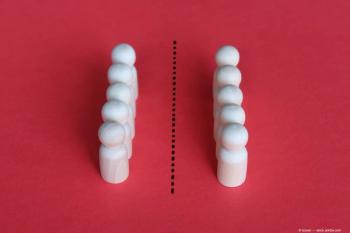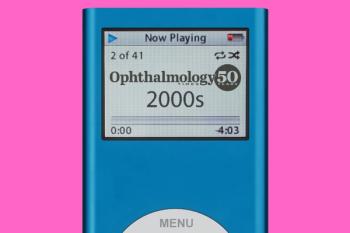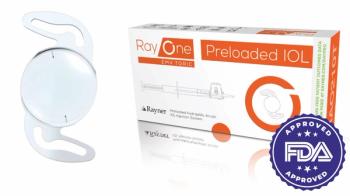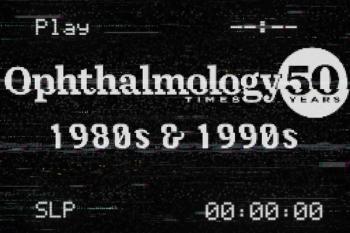
Novel EDOF IOL without haptics may be next generation for presbyopia
A new one-piece bioanalogic extended-depth-of-focus (EDOF) intraocular lens (IOL), the Wichterle-Continuous Focus IOL (WIOL-CF, Medicem International CR), without haptics may be an excellent option for patients desiring correction of presbyopia after cataract surgery.
A multicenter clinical trial reported excellent visual outcomes and high patient satisfaction with bilateral implantation of this IOL after cataract surgery, according to H. Burkhard Dick, MD, PhD.
This IOL boasts a number of characteristics, i.e., negative spherical aberrations providing its smooth hyperbolic curve, an infinite number of focal points that extend the depth of focus, refractive power that is maximal in the center that continuously decreases without steps to the periphery, and a large optic that ensures maximal light in the eye, he pointed out.
The IOL powers range from +15 to +30 diopters (D) in 0.5-D steps; the overall and optic diameters are 8.6 and 8.9 mm; the lens thicknesses range from 0.8 to 1.7 mm, the refractive index is 1.428 ± 0.003, and the water content is 42 ± 2%, Dr. Dick recounted. He is Professor of Ophthalmology and Chairman, Ruhr University Eye Hospital, Bochum, Germany.
Clinical trial
This 11-center prospective clinical trial was conducted in Belgium, the Czech Republic, Germany, Italy, and Spain and included 230 eyes of 115 patients (44 men, 71 women). The mean patient age was 65.0 ± 6.7 years (range, 50-75 years). The average IOL power was 25.0 ± 2.37 D (range, 17.0-30.0 D).
The investigators conducted the clinical trial with the goal of evaluating the clinical outcomes of the WIOL-CF after bilateral implantation during femtosecond laser-assisted cataract surgery. All patients were followed for 6 months postoperatively. The primary endpoint was the binocular uncorrected visual acuity.
The targeted treatment was 0.0 ± 0.25 D in the dominant eye and -0.50 ± 0.25 D in the non-dominant eye.
Dr. Dick reported that the uncorrected distance visual acuity and the uncorrected intermediate visual acuity were excellent and the uncorrected near visual acuity was very good.
The investigators reported that implantation of the IOL after laser cataract surgery was safe and effective.
The patients were highly satisfied with their levels of spectacle independence.
When the patients were questioned about use of spectacle correction postoperatively, 95.6% reported that they never or rarely used corrective glasses for distance vision during the day, 96.5% never or rarely did for distance vision during nighttime hours, and 75.4% never or rarely did for near vision during the day.
The patients also reported comparatively low levels of optical phenomena, i.e., 88.3% reported never or rarely experiencing halos and 87% reported never or rarely experiencing glare. The fact that there still were few photic phenomena at all is under investigation.
“This large trial confirmed the previous results of investigations with smaller numbers of patients. The bilateral implantation of the EDOF WIOL-CF provided excellent distance and intermediate vision and good near vision while maintaining excellent contrast sensitivity, high patient satisfaction, and high levels of spectacle independence. The WIOL-CF is a novel, effective, and reliable surgical solution for the correction of presbyopia,” Dr. Dick concluded.
Disclosures:
H. Burkhard Dick, MD, PhD
Dr. Dick is a consultant to Medicem and a member of the company’s speakers’ bureau.
Newsletter
Don’t miss out—get Ophthalmology Times updates on the latest clinical advancements and expert interviews, straight to your inbox.



















































.png)


